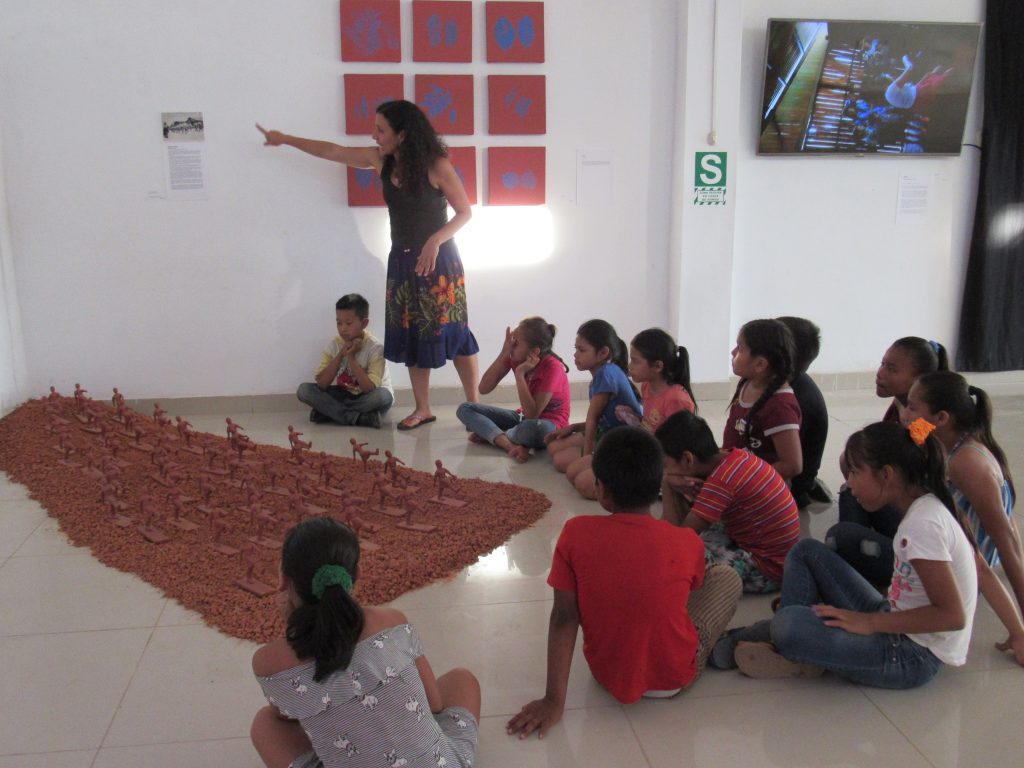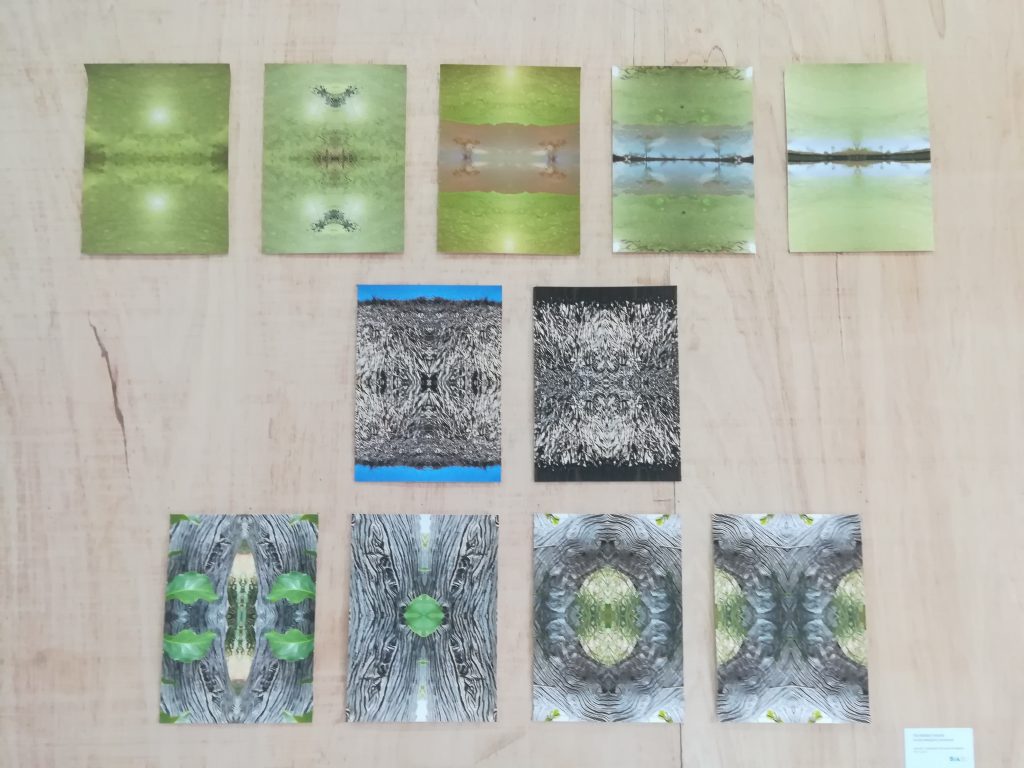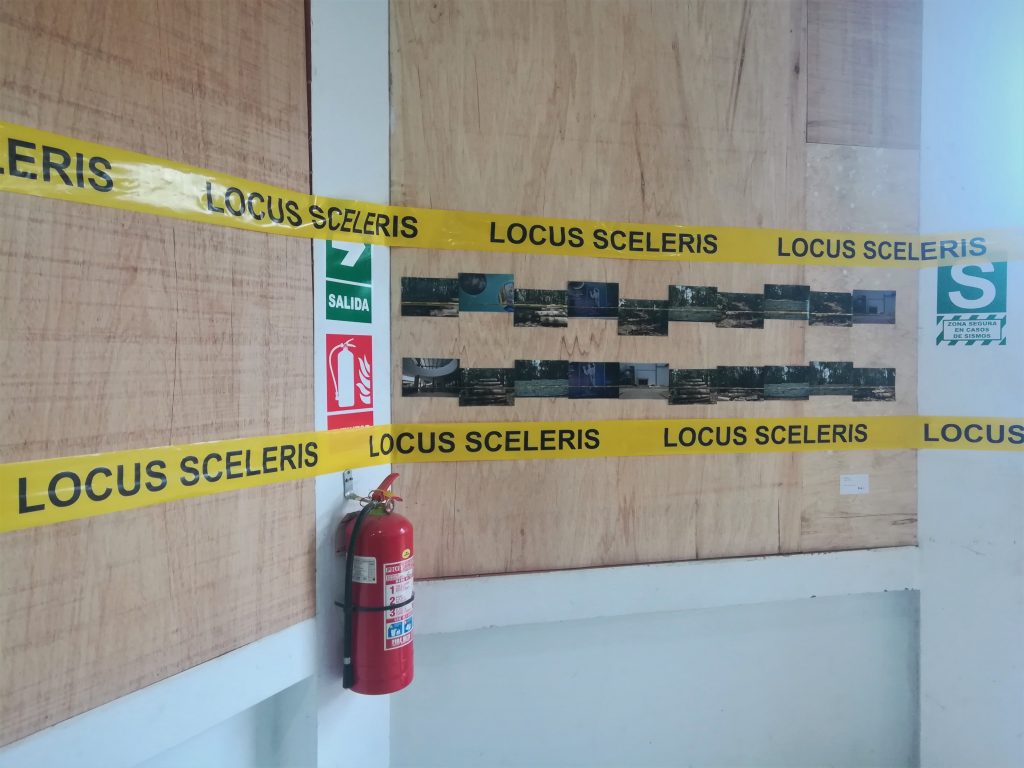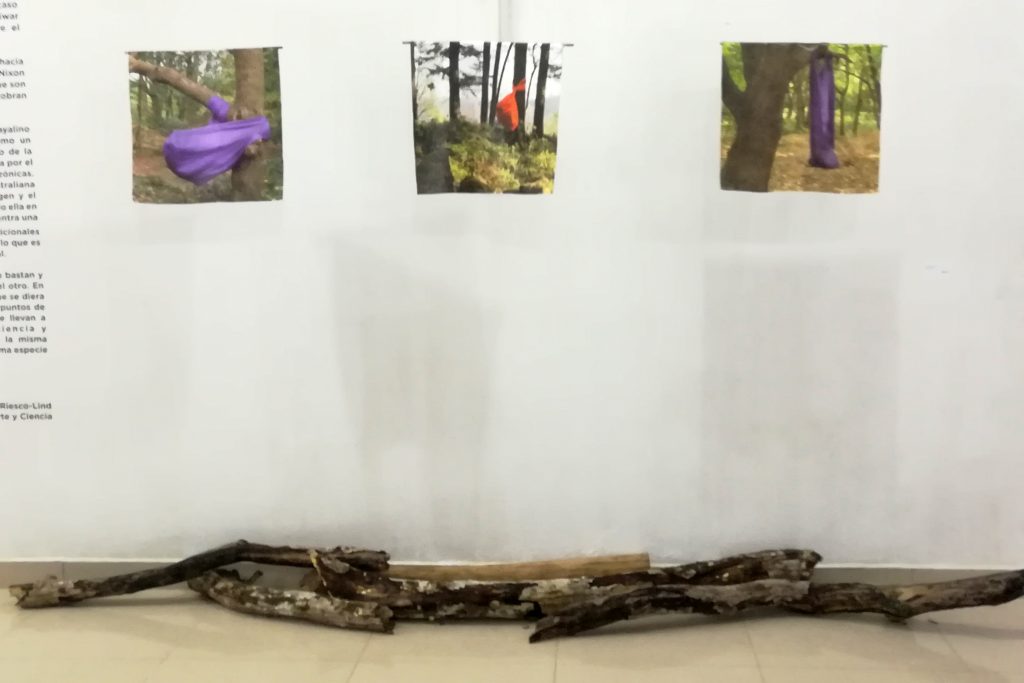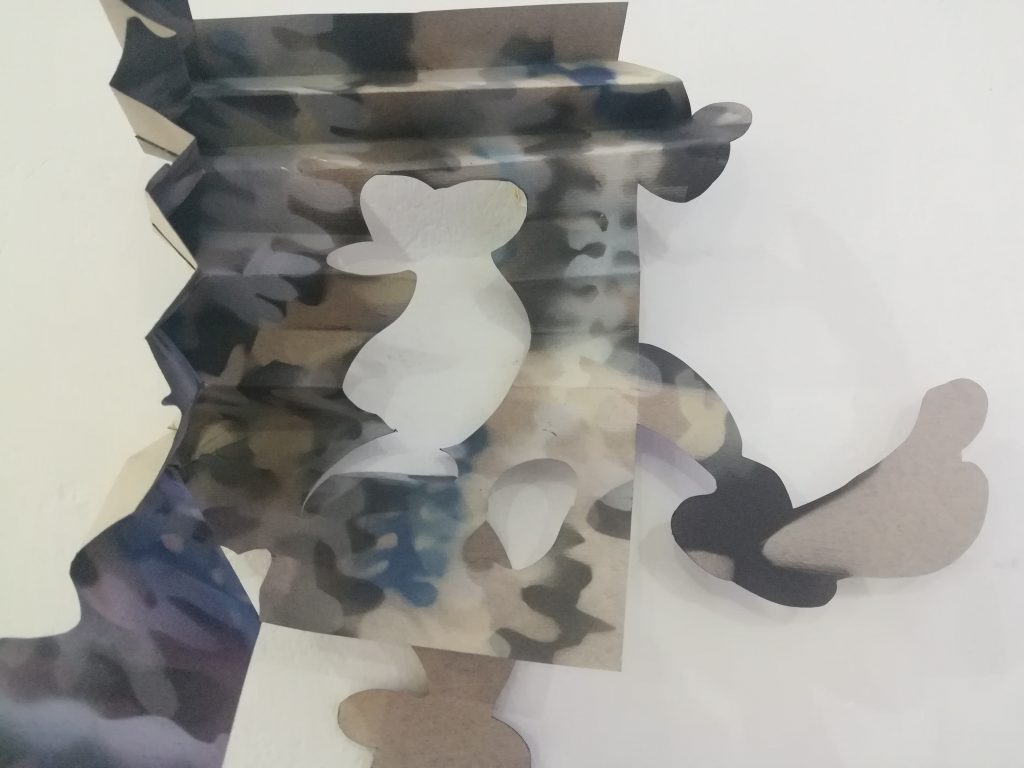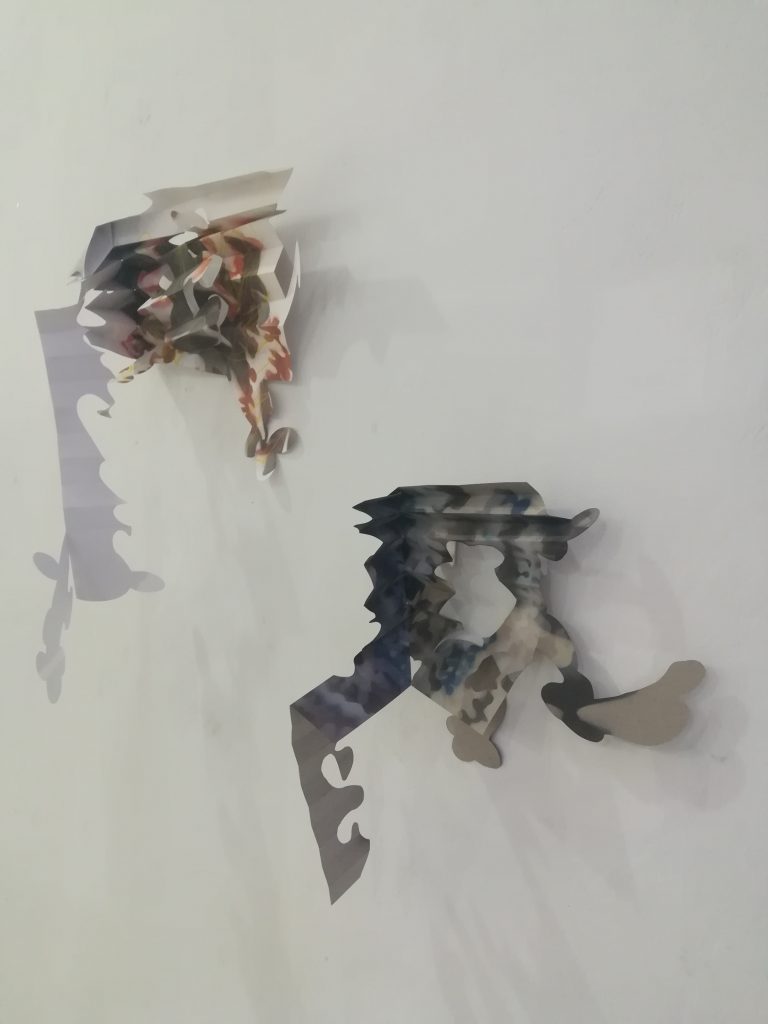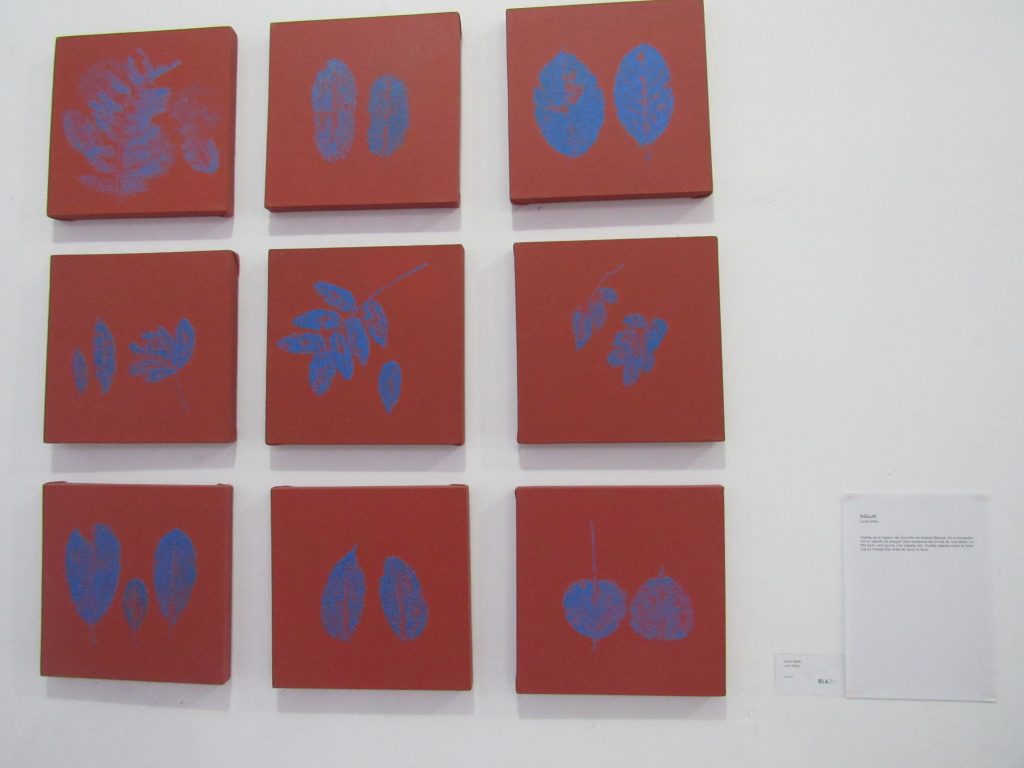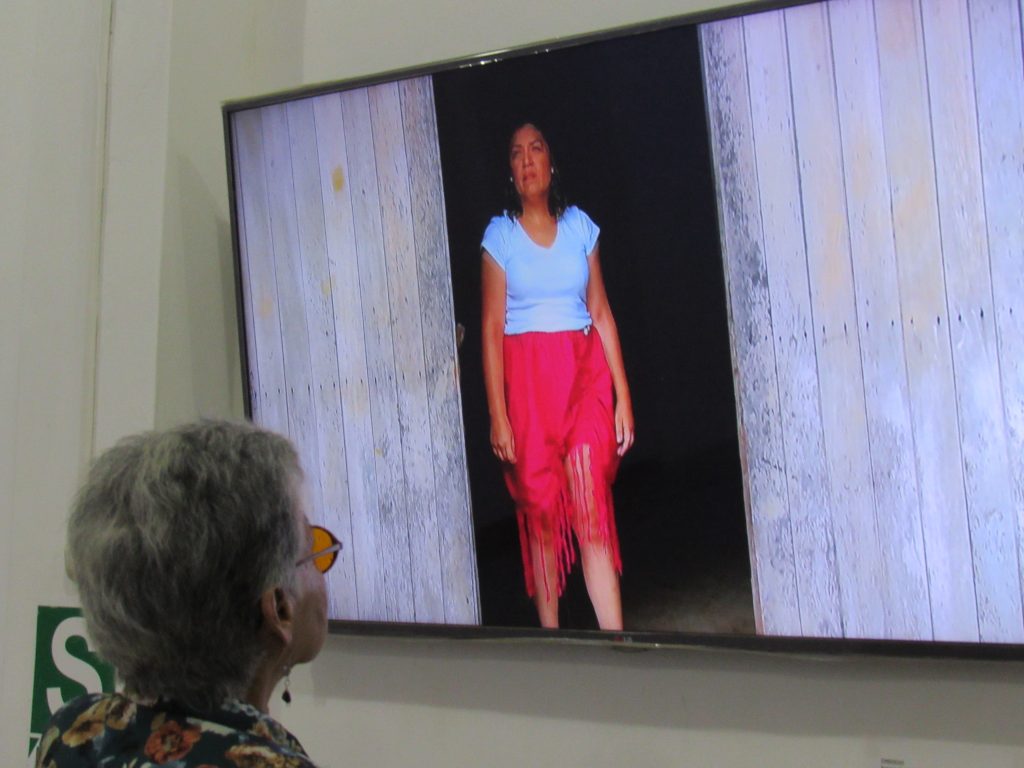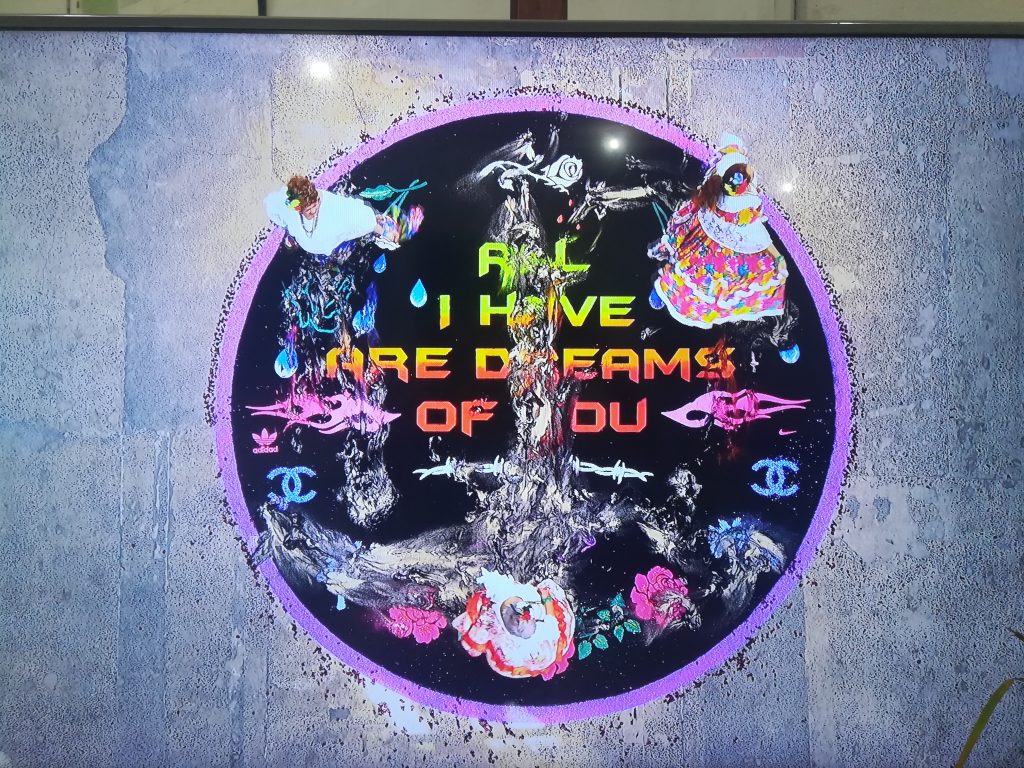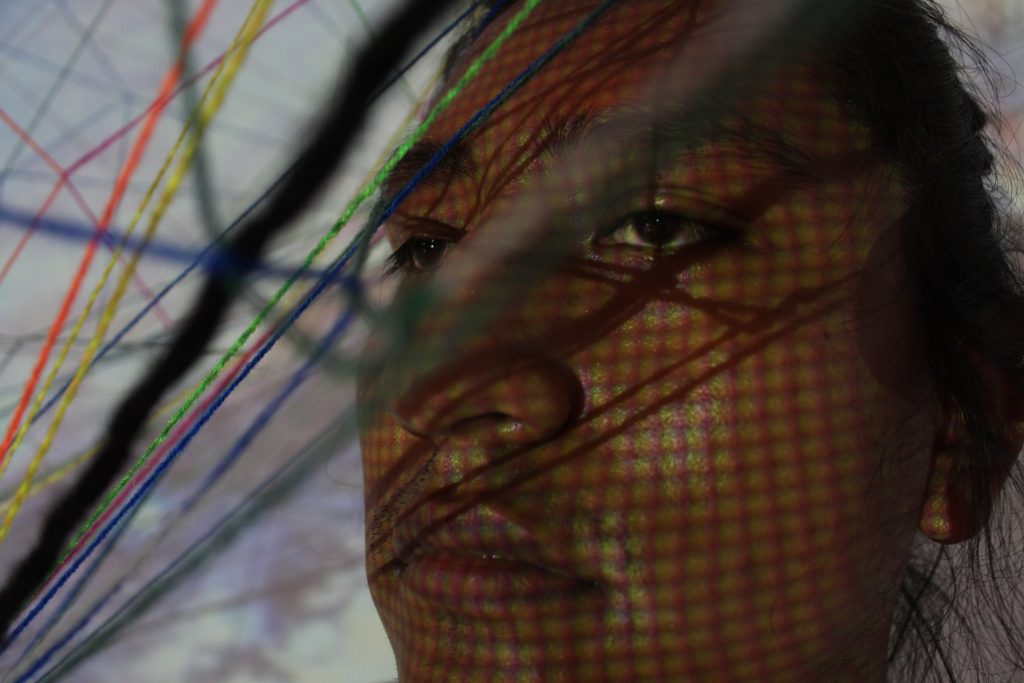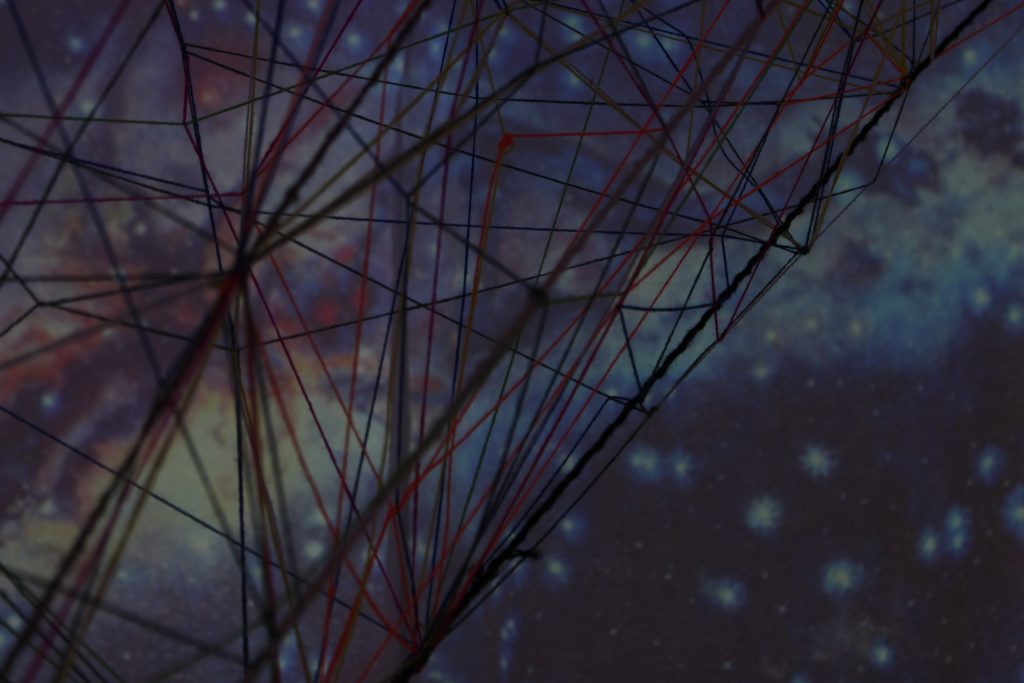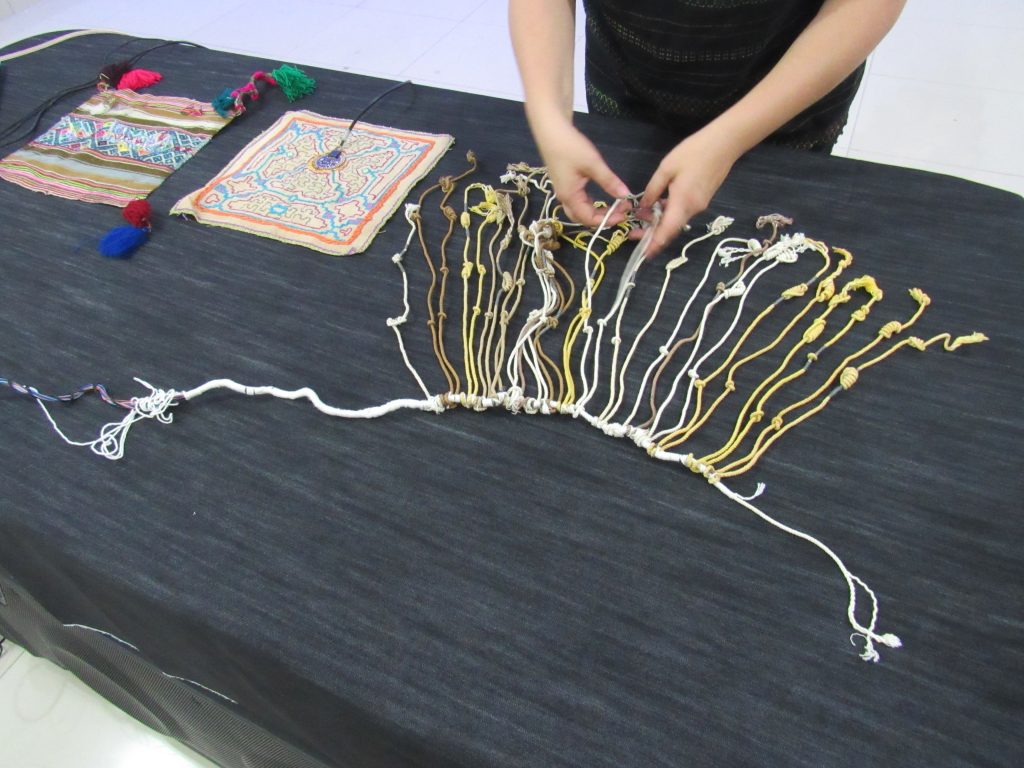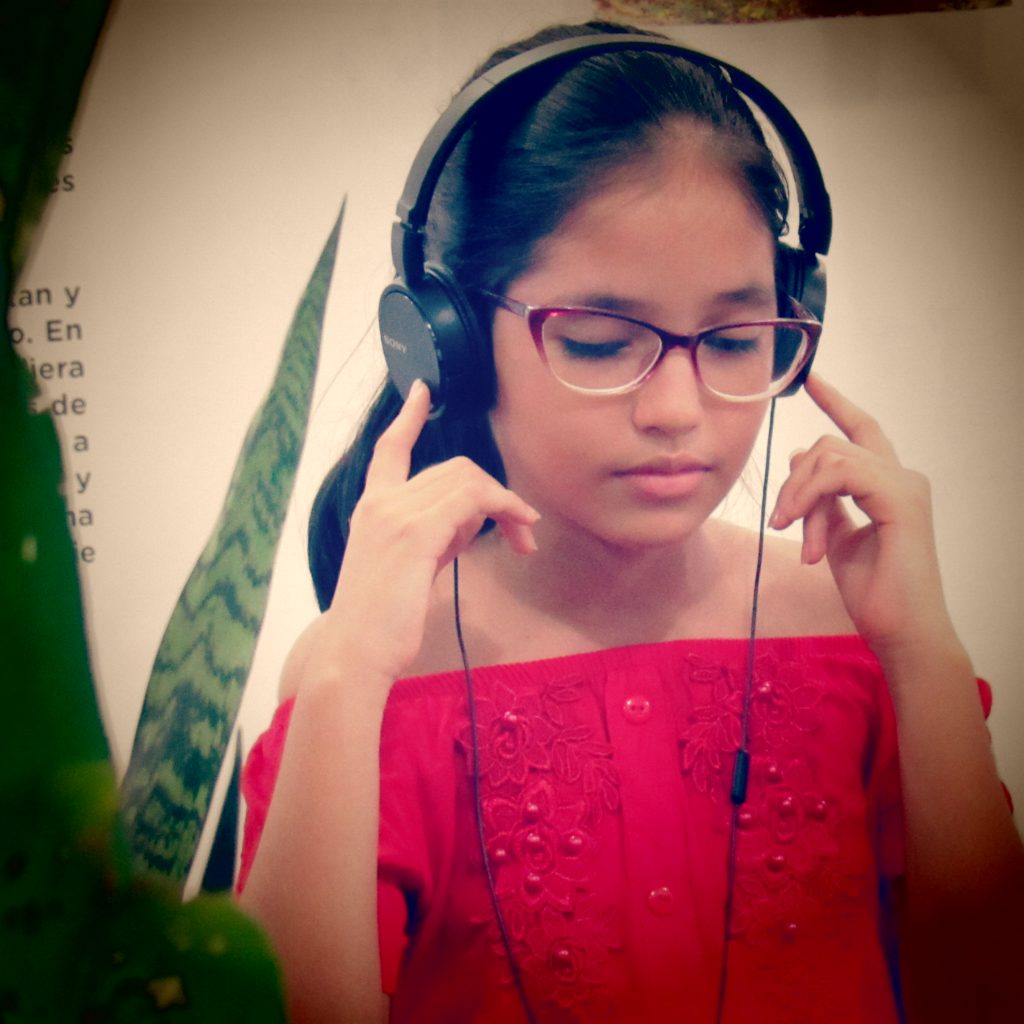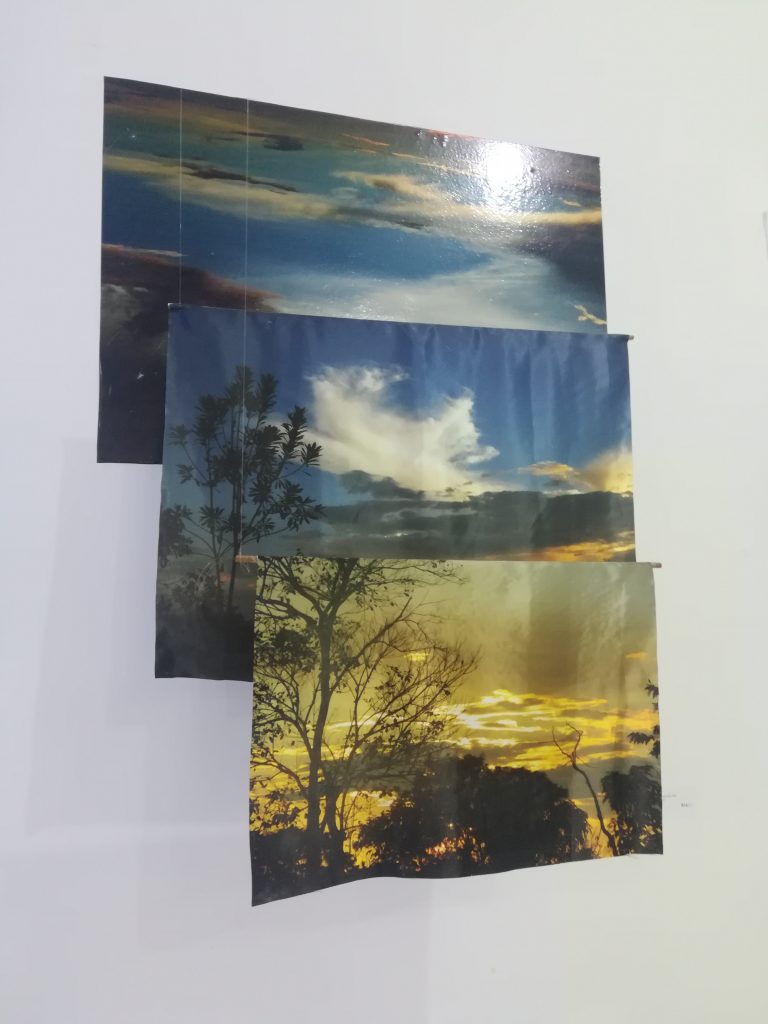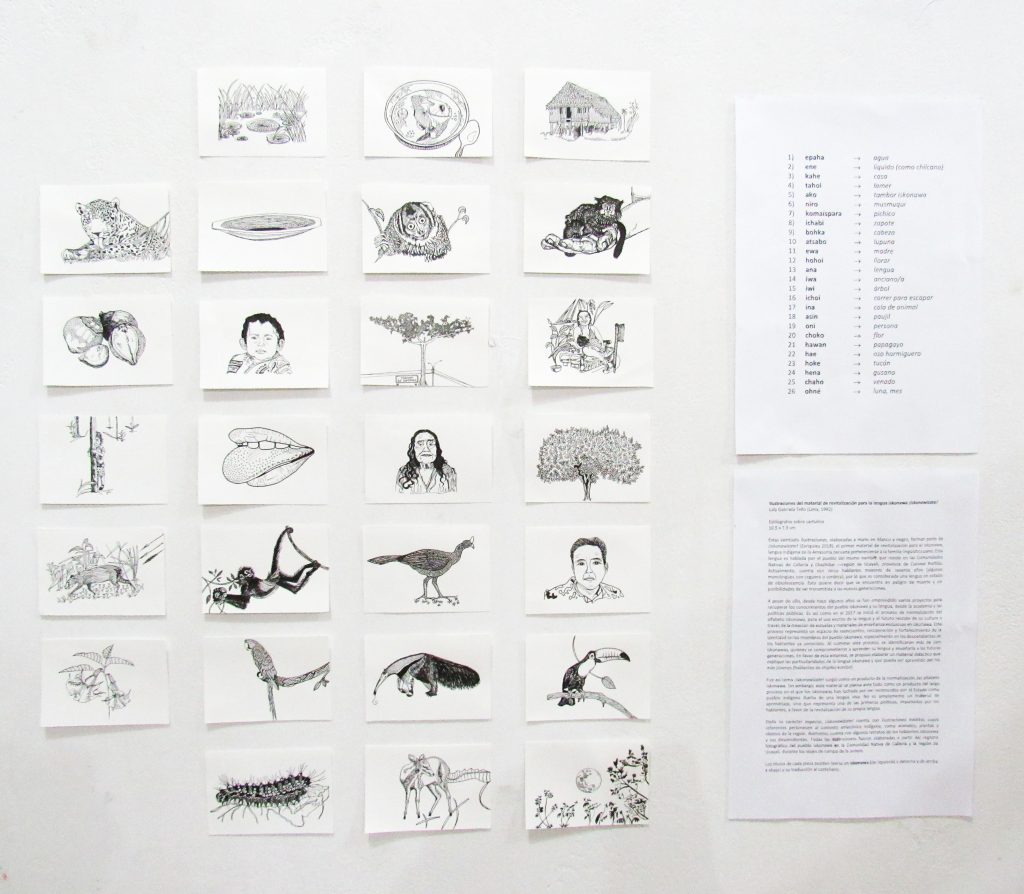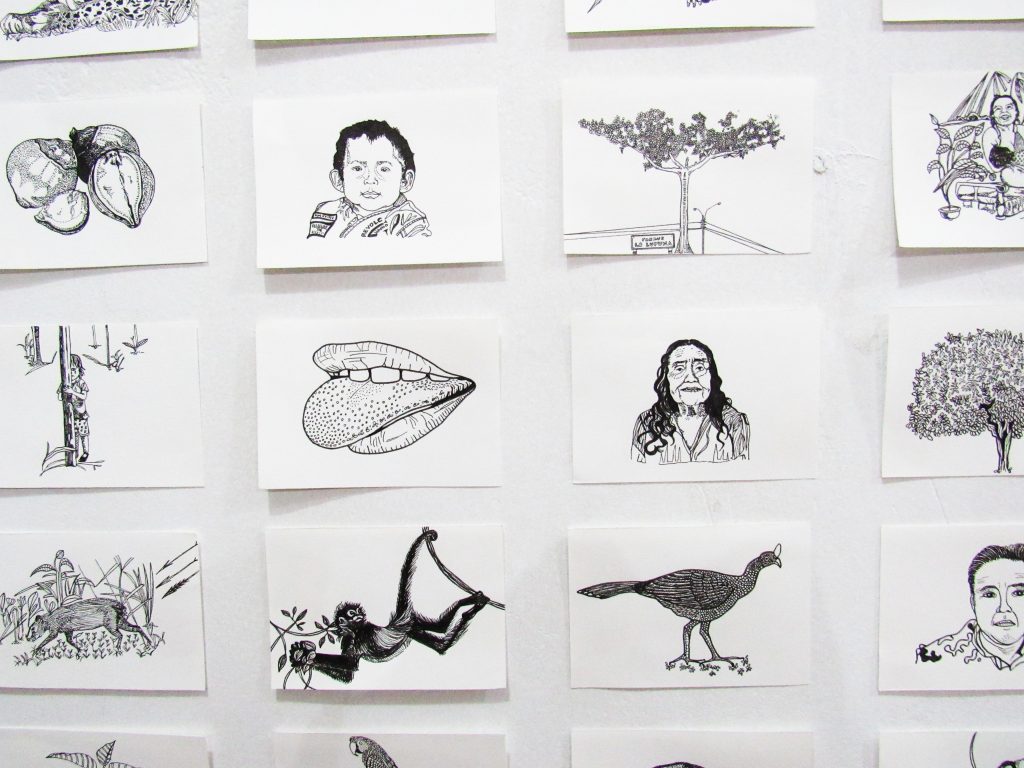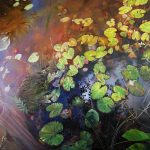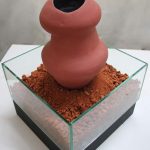BIA-Terrestrial – Recognize Yourself as Human
Terrestrial – Recognize Yourself As Human
The Cultural Association Centro Selva Arte y Ciencia since 2012 develops in the rural Amazon area of Ucayali, research assemblies between local and foreign artists that explore in a wide and personal way the different aspects of the Amazon, rural, urban, native, natural and there personal links with it through multidisciplinary artistic platforms.
Born in the region or born further away, each artist arrives in this space with different interior baggage in personal searches that coincide in the same space for a certain period of time. Understanding how essential and relevant the sensory encounter with the space is, they let this encounter act as a creative catalyst.
In these moments our senses are awake, we are more attentive, more present. For the artist Annika Kappner the rhythm in which we approach life is especially relevant. She finds in meditation her proposal and artistic response that is triggered by the urgency of change in the way that Kappner sees the world go by, commonly dominated by speed, efficiency, and exploitation. Therefore it causes us to treat our planet, matter, our human relationships and our bodies in the same way.
This theme is recurrent and meditation in the landscape becomes a spiritual search in the work of Lucia Slater and in the work of Liz Tania Diaz Vela. This observation becomes a dialogue that finds questions and answers, hope and anguish about the specific reality of the Amazon. Paulina Videla links the very characteristics of nature and its relationship with the human being from the observation of detail, for Bill Davis the issue of social and environmental sustainability are key in his dialogue with the landscape. Hebert Gouvêa joins the landscape exploring it in motion and stillness, thus dialogues with the surroundings in a utopian search to merge into it.
From the observation of the Amazonian environment, we have many creative cultures of art. Inspired by Shipibo Konibo art structures the artist Tito Bobbio Velarde finds different patterns that come to life and have different dimensions. The Shipibo Konibo community also makes us reflect on the materialization of our worldviews, our concerns, culture and how we bring our heritage to a contemporary dialogue. Sofia Ramirez in natural fibers and particular techniques, Rossana Gotuzzo with the thread in performance and embroidery leads us from personal reflections to global problems. For Paola Torres Núñez del Prado and Auristela Brito Rengifo, Kenne becomes a song and culture goes through a technological and contemporary filter.
The reflection on our different inherited cultural backgrounds opens the way to new dialogues such as in the facilities and performance of Clara Best and Siwar Peralta that seeks to make visible the connections between the Amazonian and Andean world since the times of the ancient Peruvian space.
All these meetings are a personal discovery towards our connection with the land, its people and culture. For Nixon Pasquel Chota the characters of local mythologies who are called to defend the elements of the territory and take on special importance.
Diana Riesco Lind uses clay soil taken from Amazonian soil as a raw material to talk about the region, as a character that is nature, feminine. In the case of the artist and linguist Laly Gabriela Tello, her interest is in the rescue and value of the Amazonian languages and cultures. Finally, Claudia Nicholson Colombian / Australian artist reflects on her connections to the land of origin and her own connections to a Colombian, Latin cultural heritage living in Australia. Through performance and action, he finds an intersection between contemporary and traditional inheritances that makes us think of a broader concept of what it is to be an Amazonian in a Latin American and global context.
For the contemporary artist, four walls are not enough and personal searches continue in the gaze of the other. In this case, the rural Amazon has been the framework for this intersection of searches. The starting points are different and many are the paths that finally lead to meetings strengthening our conscience and responsibility to belong to the same land and recognize ourselves as belonging to the same human species.
Diana Riesco- Lind
Curator


